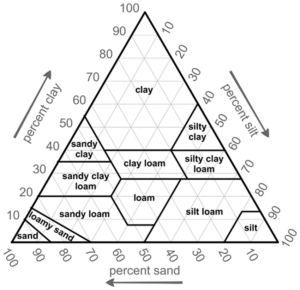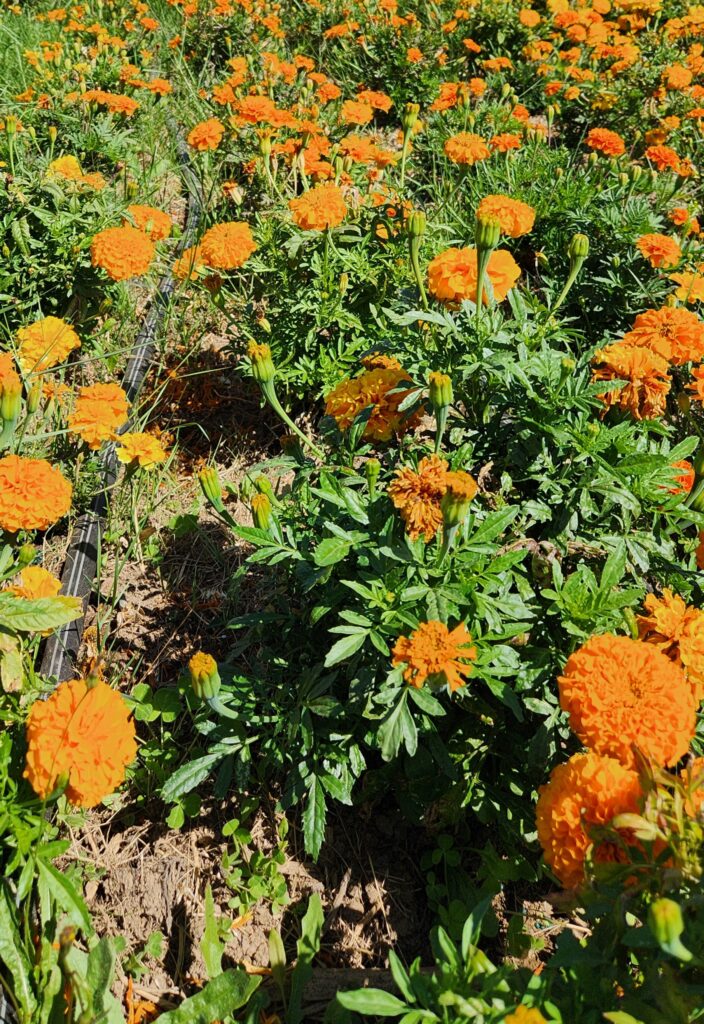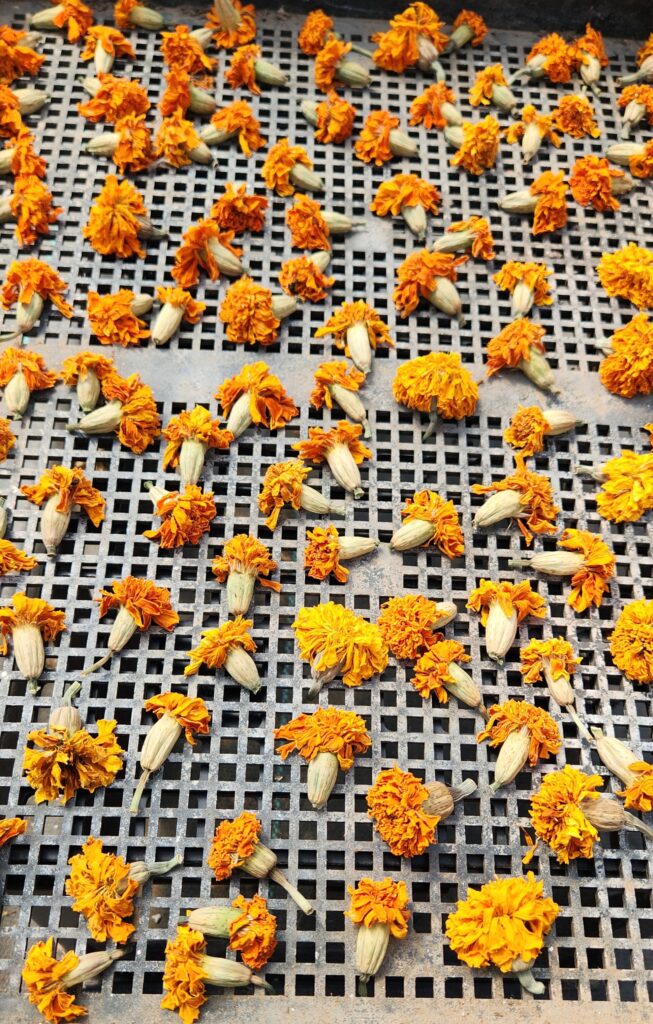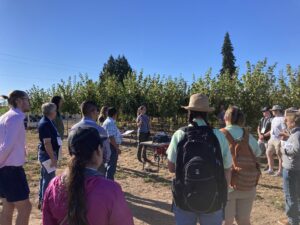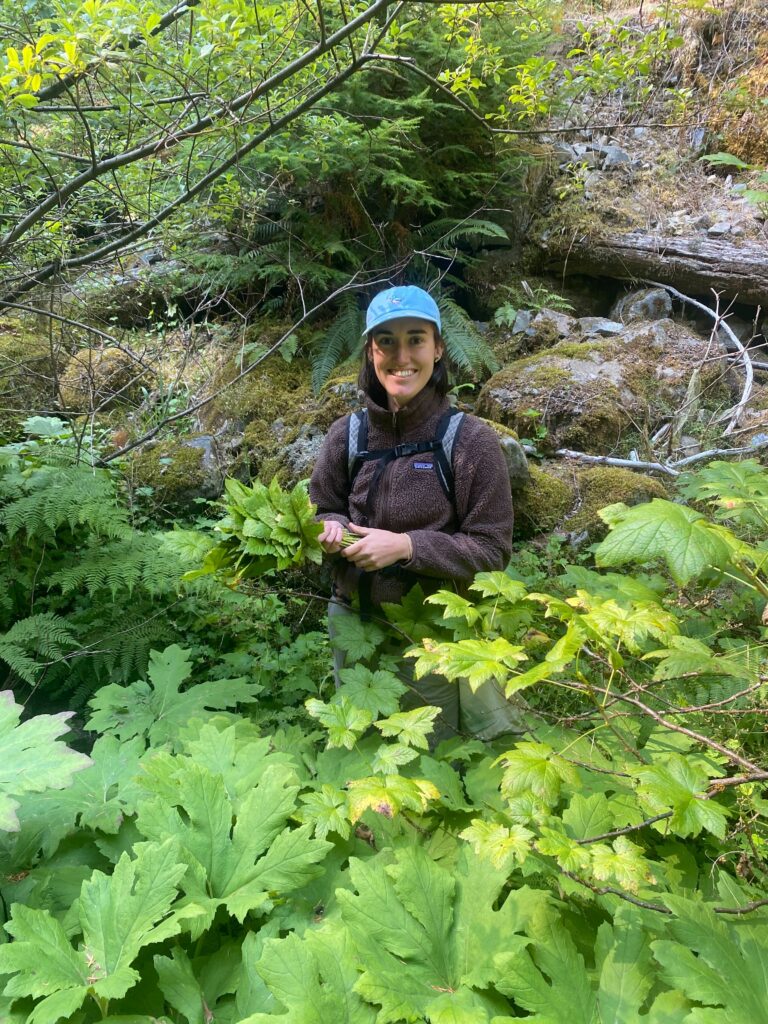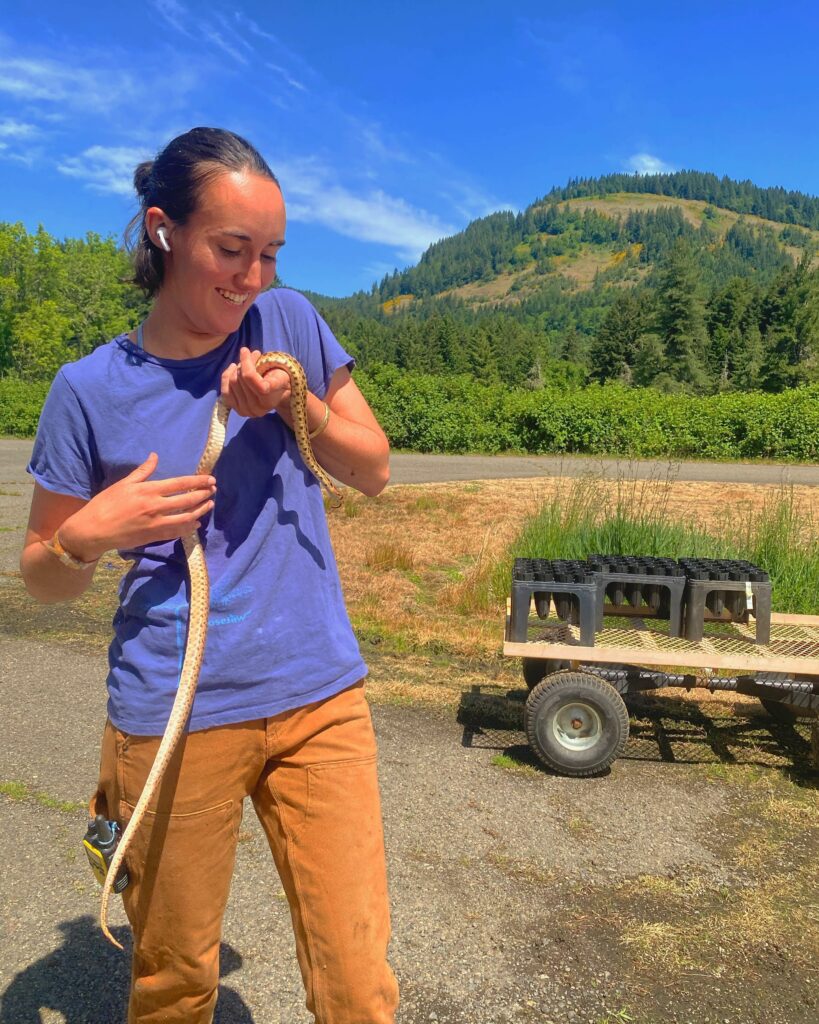TL;DR: Plant hydraulics unravels the journey of water within plants, aiding tree health, nursery production, urban forest management, and climate resilience. 🌿🌍
In 2023, we delved into the fascinating world of xylem architecture and how plants move water. In this post, we’ll uncover the secrets of how trees and other woody plants manage water, adapt to challenging conditions, and ultimately contribute to a greener, more sustainable world.

Real-Life Examples
Understanding plant hydraulic physiology has real-life applications that impact our daily lives. Think about the forests that surround your town or city. These vast woodlands provide us with habitat for wildlife, clean air to breathe and recreational spaces. Knowing how water moves through trees helps us manage and protect these valuable resources. For example, foresters use this knowledge to assess the health of forests and make decisions about when and where to plant new trees. . Additionally, farmers use plant hydraulic physiology in agriculture to develop more resilient crop varieties that can withstand droughts, ensuring a stable food supply. So, the next time you hike in the woods or enjoy a fresh piece of fruit, you’ll know that plant hydraulic physiology plays a crucial role in making it all possible.
Plants water-saving superpowers
Imagine it like this: when the soil dries and the plant begins to get thirsty, it doesn’t just rely on its stem. It has other ways to stay healthy. Think of these ways as a set of superpowers. These superpowers help the plant survive when the soil water is unavailable.

One of these superpowers is stomatal conductance. It’s like the plant’s ability to open or close tiny valves on its leaves to save water. When water is scarce, it can close these valves to keep as much water as possible. Another superpower is leaf conductivity. This is about how well water moves through the leaves. The plant can control this too. When it’s thirsty, it can slow down the flow of water through its leaves. And then, there’s leaf wilting, which you might have seen before. When a plant wilts, it’s like it’s saying, “I’m really thirsty!” It’s a sign that the plant needs water.
These superpowers don’t all kick in at the same time. First, the plant might adjust its stomatal conductance andits leaf conductivity, before things get serious, and stem conductivity is affected. Scientists have studied these superpowers in different plants. Some scientists have proposed the theory of a plant hydraulic fuse, much like a fuse on a stick of dynamite. The idea behind the plant hydraulic fuse is that plants have a mechanism to prevent catastrophic failure in their water transport system. When faced with extreme water stress, they can cavitate (or burst) segments further from the main stem. Blowing-off the edges to preserve the main trunk. This deliberate disruption helps protect the most vital parts of the plant from experiencing embolisms (blockages) and ensures its survival. They’ve figured out the order in which these superpowers come into action when a plant is thirsty. This information helps us understand how plants deal with water stress.

Nursery production and practical applications
For nursery professionals, knowing about these superpowers can be helpful. It’s like having a manual for taking care of plants. By watching for signs of plant water stress, like wilting leaves, or measuring stem conductance, leaf transpiration, and plant water potential, professionals can decide when to water the plants to keep them healthy. In the world of nursery production, where we grow young plants to get them ready for life outside, understanding plant hydraulic physiology can be a real game-changer.
Let’s break it down:
Watering Wisely: Imagine you’re caring for a garden, and you need to water the plants. You could just eyeball it and water them when they look thirsty (like when they start to wilt). But, there’s a smarter way. You can weigh the pots to figure out when they need water based on their weight. It’s like checking the gas tank in your car to know when it’s time for a refill. Even smarter, you can use science to measure how much water the plants need based on how they’re doing on the inside. This way, you don’t have to wait until they’re wilting to know they need water. It’s like having a fitness tracker for your plants!

Getting Tough: Plants are like little superheroes. They can learn to handle tough situations, like not having enough water. Just like how training can make athletes stronger, exposing plants to a bit of stress (like less water) in the nursery can help them be more resilient when they’re planted outside.
Finding the Balance: Sometimes, you have to make tough choices when growing plants. If you water them too much, they might get sick. But if you don’t water them enough, they won’t grow well. It’s like finding the right balance between playing in the rain and staying dry.


Environmental impact
Plant hydraulic physiology isn’t just about plants; it’s about our planet’s health too. As we face environmental challenges like climate change, understanding how plants manage water becomes increasingly important. Imagine a world where plants couldn’t adapt to changing water conditions. It could mean more forest fires, reduced crop yields, and even less greenery in our cities. By studying how plants cope with water stress, scientists and conservationists can make informed decisions about preserving ecosystems and mitigating the effects of climate change. This knowledge also guides water-saving practices in agriculture and urban planning, helping us use this precious resource more efficiently and sustainably. So, when we learn about plant hydraulic physiology, we’re not just exploring the inner workings of plants; we’re taking a step towards a healthier planet for everyone.
So, what’s the bottom line? Knowing how water moves in plants can help nursery professionals make smart decisions. It’s like having a playbook for growing strong and healthy plants. And by using science, we can grow better plants while saving water and protecting the environment. It’s a win-win for everyone!











